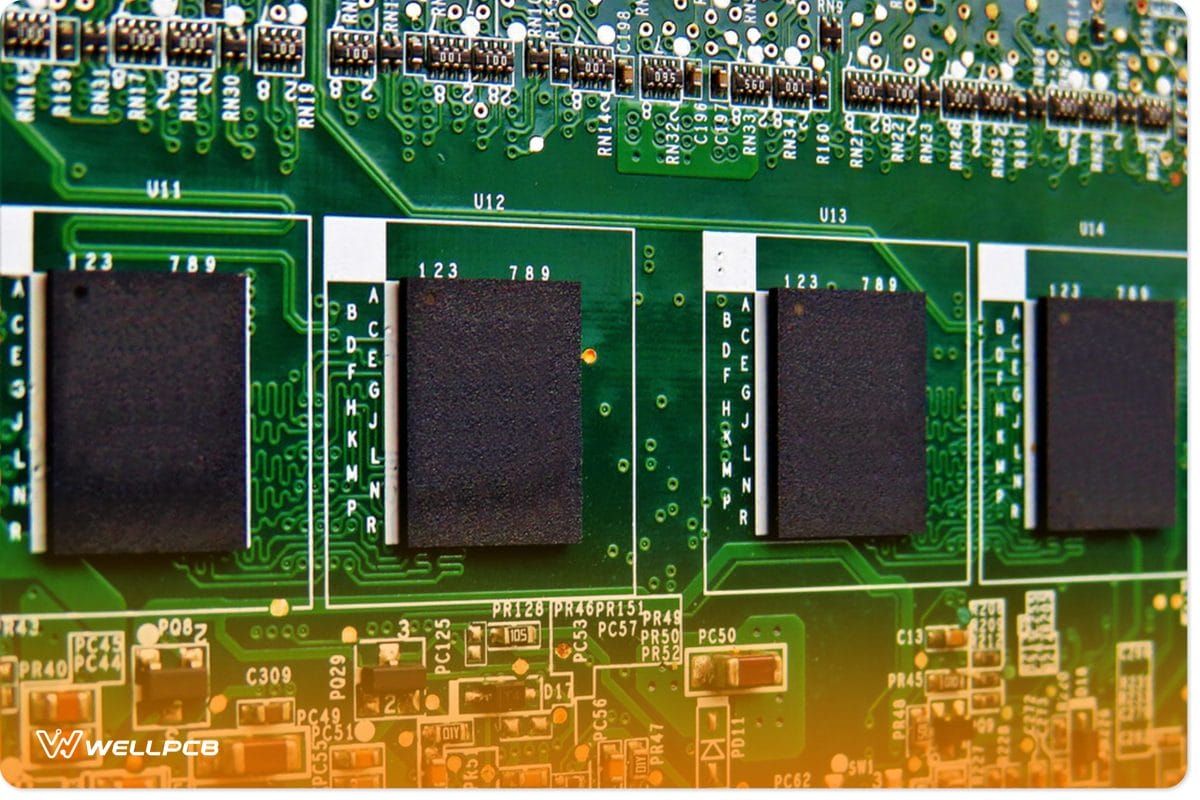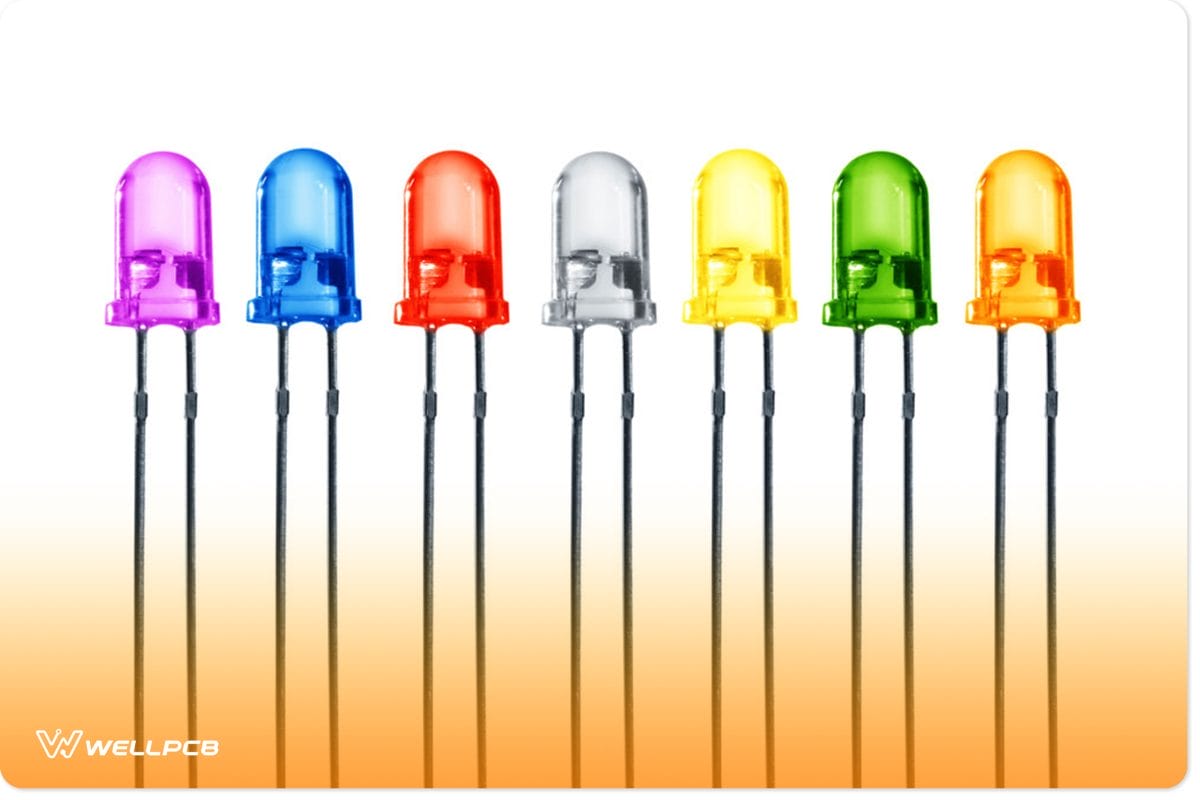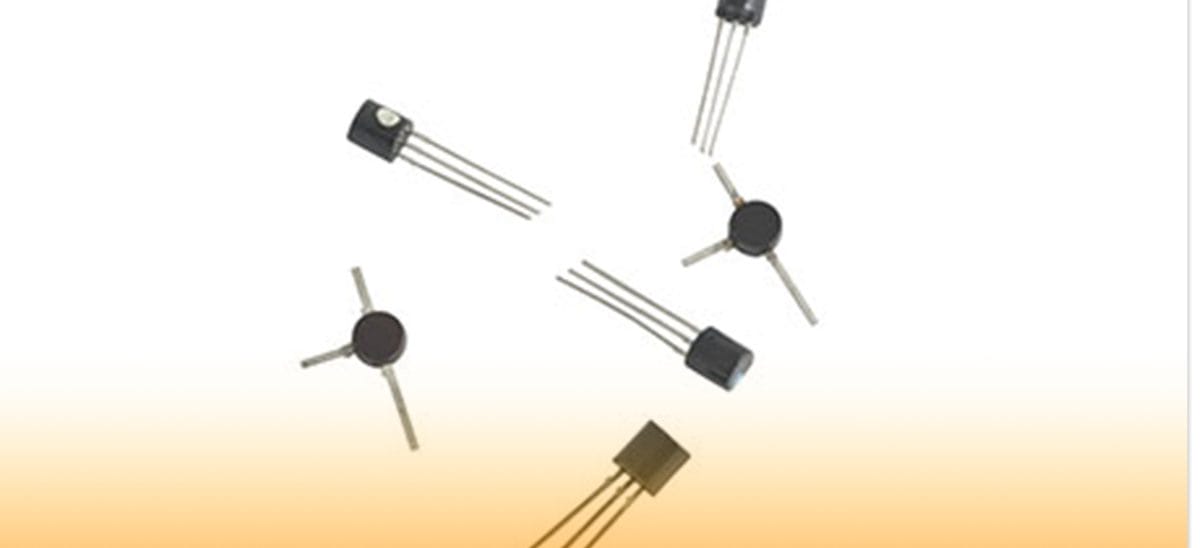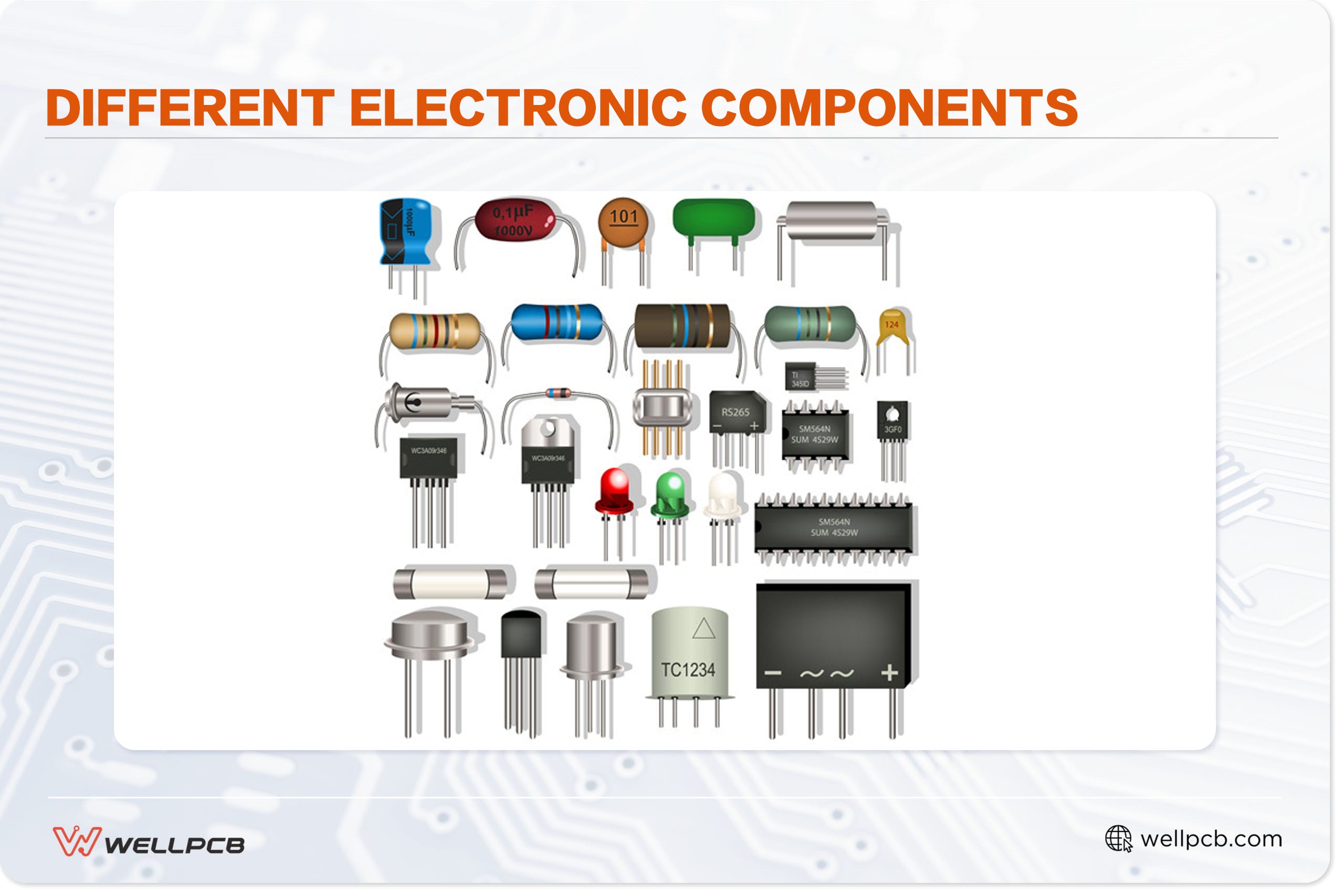Contents
What is Bd139?
The Bd139 is an NPN transistor that controls large voltages in audio amplifiers and drivers with complementary circuits. Since it’s an NPN transistor, the emitter and collector are in a P-N junction or open(reverse biased). Also, when you connect the base pin to the ground and receive a signal, the base pin will become forward-biased (closed).
Additionally, the amplification capacity from the Bd139 depends on the transistor’s gain value of 40 to 160. However, the Bd139 has a 1.5A current limit, making it impossible to connect loads requiring currents higher than 1.5A.
Furthermore, when you fully bias this transistor, it’ll allow the flow of the maximum 1.5A current across the emitter and collector. Thus, the base pin needs a 1/10th supply of the collector current and voltage (5v maximum) to entirely bias this transistor.
Bd139 Pinout
The Bd139 has three major pinouts, which we’ll describe in the table below:
| Pin | Type | Parameters |
| Pin 1 | Emitter | Emitters are usually connected to the ground and mainly work for current drains. |
| Pin 2 | Collector | The collector handles the flow of current, and it’s usually connected to the load. |
| Pin 3 | Base | The base handles the full biasing of the transistor. With it, you can turn the transistor on/off. |
Bd139 Features

Electronic Circuits
Here are the significant features of the Bd139:
- You can get it in a To-255 package
- The VBE is only 5V
- The VCE is 80V
- It has a 12.5w collector dissipation factor
- You can also get it in Pb-free packages
- It also has an 80V collector-base voltage
- It features a SOT-32 plastic package
- It has a 40 to 60 DC gain
- 1.5A is its continuous collector current (IC)
- The operating temperature range for storage and the operating junction is -55 to +150oC
Replacement and Equivalent of Bd139
You can replace your Bd139 with the following equivalents:
Bd237, Bd179, Bd139G, Bd230, Bd169, Bd379, MJE244, Bd237G, MJE722, MJE242, Bd791, or Bd789.
Applications of Bd139
Here are the different applications of the Bd139:
- The Bd139 operates in electronic circuits working with a 5V operating voltage.
- It works in switching circuits.
- This Bd139 NPN transistor helps to control loads that don’t require more than 1.5A.
- You can use the Bd139 in amplification circuits.
- The Bd139 is ideal for educational and DIY electronic projects, like Arduino projects, analog circuit projects, etc.
- You can use it in load driver circuits.
- The Bd139 is perfect for RF amplifiers.
How to Safely Long Run Bd139 in Your Circuit
It’s easy to damage your Bd139 when you apply an excessive load. Thus, there are some steps you need to follow to run your Bd139 safely.
First, don’t use the Bd139 on voltages higher than 80V. Also, driving loads that require more than 1.5A is dangerous for this transistor. It’s also essential to use a heat sink that works best with the transistor,
In addition to using a suitable heatsink, find the correct base resistor for the base current supply. Also, keep this transistor away from temperatures below and above the survival temperature—which is -55 to +150oC.
Bd139 Circuit Projects
Here, we will discuss three different applications of the Bd139. These three applications include Bd139 working as an amplifier, Bd139 working like a switch, and Arduino project using Bd139.
Bd139 Working as an Amplifier
We have a 2-watt class A-B audio power amplifier that generates a comprehensive frequency response and low harmonic distortion for this application.
This circuit can drive an 8Ω loudspeaker. The output power of this speaker is approximately 5 watts, making the supply voltage of this circuit between 12V and 18V.
The circuit also features a two-stage transistor consisting of 2n3904 and Bd139. However, both transistors have the exact technical specifications.
Also, these transistors work with a standard emitter configuration, and thus, they can bypass the input signal whenever it reaches the input capacitor.
Then, the Q1 transistor amplifies the input signal and sends it to transistor Q2. Finally, the Q2 transistor amplifies the call again and sends it to the output.
BD139 Working as a Switch
Here, we have a basic switch circuit model that uses the Bd139. Also, two resistors on the circuit drive the LEDs and transistors.
So, when the switch closes, it allows the base resistor supply, which switches on the Bd139. Then, it begins to emit light since the pulse has gotten to the LED.
Also, the entirely biased state of the Bd139 is the saturation region. And the base-emitter voltage (VBE) and collector-emitter (VCE) can only handle 80 volts. So, the Bd139 transistor switches off when the base current is out.
Arduino Project using Bd139
Here is an Arduino project that makes use of a Bd139 transistor. In this circuit, the Bd139 handles the speed-controlling operations and applications.
This circuit is a speed control circuit that controls the speed of a fan. Also, we can see from the circuit diagram that the PMW terminal and Bd139 transistor are connected. Thus, allowing the Bd139 transistor to control the fan’s speed through the pulses on the Arduino board.
Summing Up
Bd139 transistors are well-known NPN transistors that work in various electronic circuits. Also, it’s one of the best transistors to use in your courses because of how affordable it is and its high collector current.
For this reason, you can find Bd139 transistors in commercial electronic circuits and educational projects, and it’s also capable of driving 1.5A. Thus, you can move some high-current devices like LEDs, high-current relays, and motors.

LEDs
Additionally, it owes its high durability to its high collector base and collector-emitter voltage (80 volts). Plus, its 12.5W collector dissipation makes it the ideal transistor for amplifier applications. Moreover, its saturation voltage is a small 0.5v—making it one of the best transistors for power control.
WeWe’veow comes to the end of this article. Remember, we always appreciate your suggestions and questions. So, if you have any, be sure to contact us. We’ll be delighted to help.





